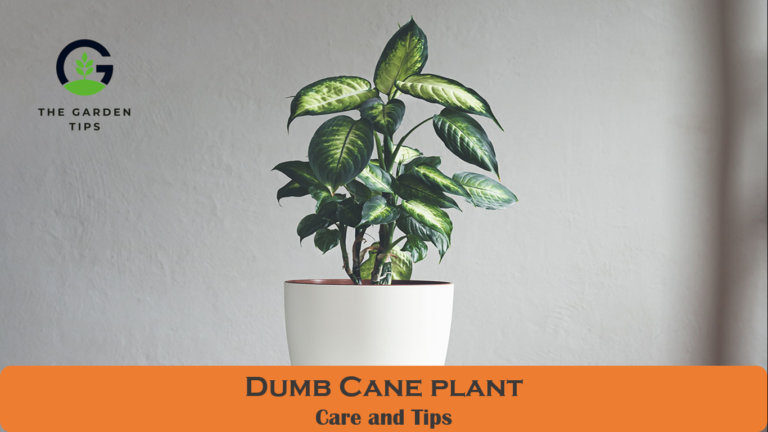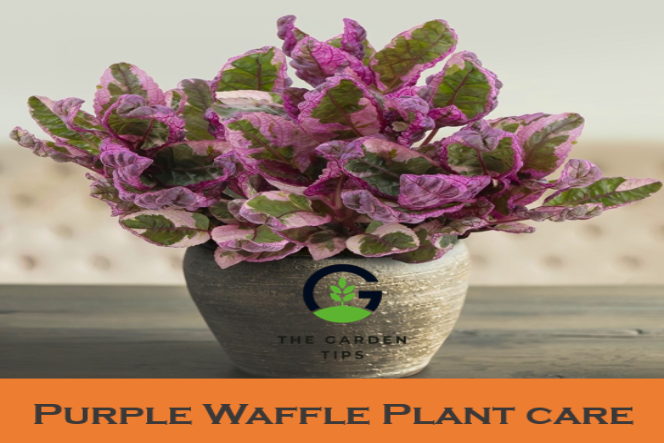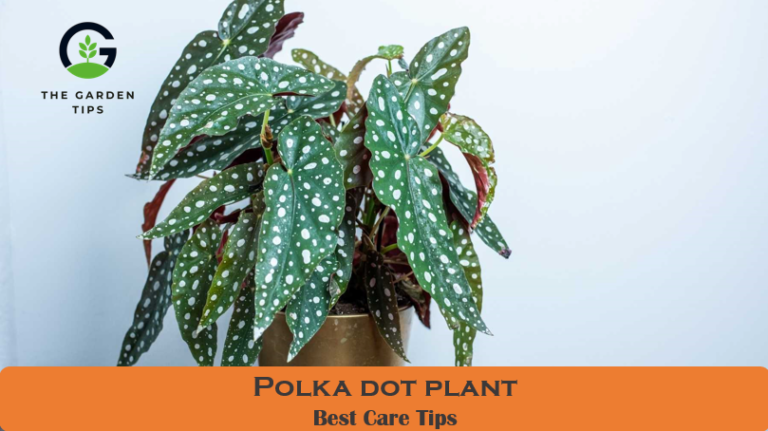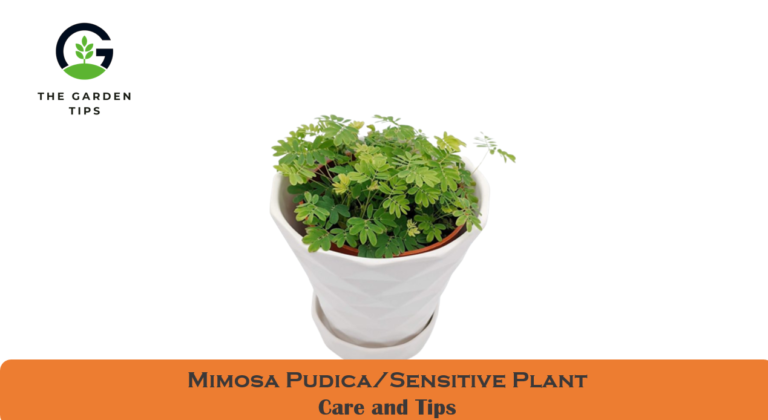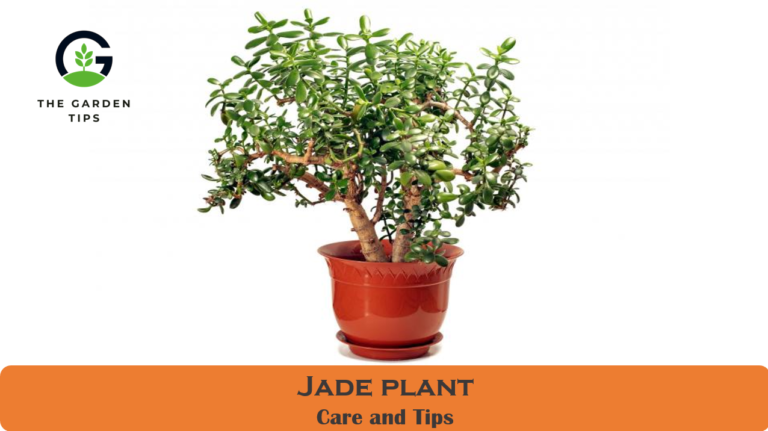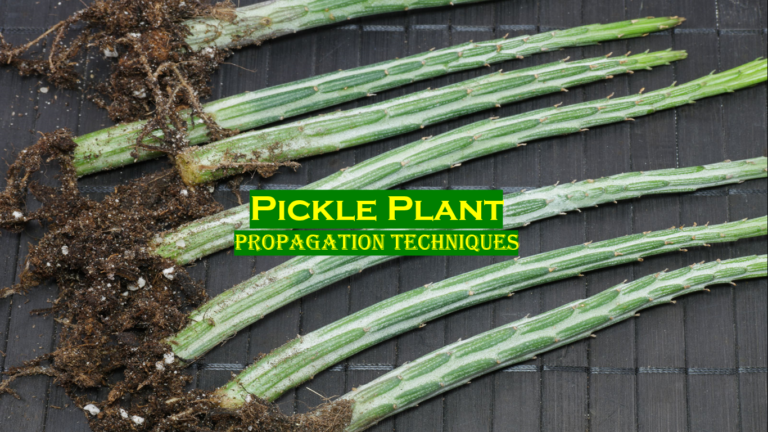Magnificent, broad, contorted leaves with thick veins pop out from the branches of this strapping conifer to present a leggy backdrop of fresh green in your garden or home. Here are some helpful care tips to keep it in its lushest health and appearance.
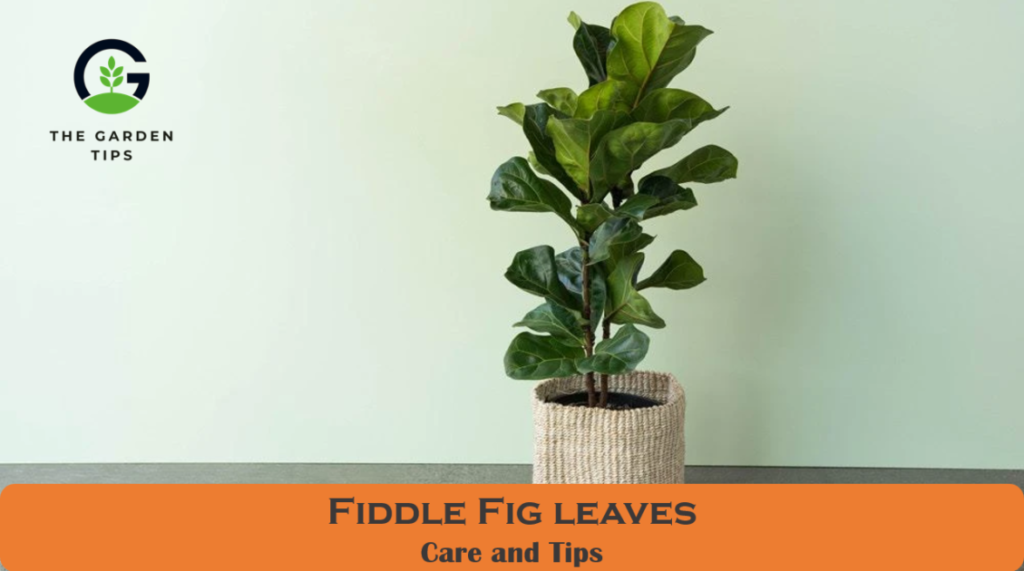
What is fiddle leaf fig?
Fiddle-leaf fig trees are native to the rainforests of western and central Africa. These plants have substantial green leaves and an even larger following of fans. The reason they are so popular? Several factors, but the most astonishing thing about these plants is how much they can add without taking up much room in your home.
Remember that despite their popularity and visual appearance, you still need to ensure proper care to keep these plants alive!
Types of Fiddle-Leaf Fig
- Variegata
- Compacta
- Bambino
Water
Fiddle-leaf figs have a special set of soil requirements. They’ll thrive when kept in moist but well-draining soil. If you overwater fiddle-leaf fig, their leaves will turn brown and mushy, so keep this point in mind if the rains aren’t sufficient for the plants.
Since fiddle-leaf figs produce new roots more easily than growing new shoots, it’s not uncommon to overwater your fiddle-leaf fig if you’re watering too often or from above as excess water can flow into the root zone without benefiting it at all.
Light
Fiddle-leaf figs are a type of flowering plant. They require bright, filtered light to grow and look their best. Direct sunlight can burn the leaves, especially exposure to hot afternoon sun. And plants that are kept in establishments where there is low lighting will fail to grow rapidly.
Soil
Many garden soil types are acceptable. However, fiddle-leaf fig trees prefer well-drained, loamy soil. Good quality plant pots make all the difference in keeping plants healthy. It’s important that you use a good potting mix that drains well but is still rich in nutrients.
Temperature
Fiddle-leaf figs do not like extreme temperature fluctuations. A room between 60- and 85 degrees Fahrenheit is typically fine, although you must avoid placing the plant away from drafty areas, as well as air-conditioning and heating vents. These can cause sudden temperature shifts.
Humidity
30%-70% humidity would be considered good for the fiddle leaf fig plant. Some options include placing an evaporating tray right underneath, misting the plant daily with water, or using a humidifier to maintain this level.
Fertilizer
The fiddle-leaf fig plant will benefit from a timed dose of fertilizer during its growing cycle, such as once every two or three weeks. Must read the label when feeding it with a fertilizer that’s been particularly made for it.
Pest and Diseases
The pest of fiddle leaf figs is scale, bugs, and spider mites observed less but present in a few areas. The fiddle leaf fig plant has fungal and bacterial diseases in the common diseases. But in a few places, there is an issue of leaf damage in the form of dark patches or spots.
If you can observe these issues on your plant, then firstly go with the integrated approach to control the pest and disease, but if you fail to do so, then your last step to control this issue is to treat the plant with pesticide or fungicide.
Pruning
A fiddle-leaf fig plant is a perfect houseplant to have around. It needs a little bit of pruning every so often in order to look great and healthy. Make sure to cut back any additional leaves, overgrowth, or crossing branches that may block sunlight from reaching other parts of the plant. If you’re taking off a dead brown leaf, be gentle with it, however, and pull on it first before trying to clip it because it could come off by itself on its own!
Re-potting your fiddle leaf fig
- Step 1. The pot you select must have good drainage features if you don’t already have one because if it doesn’t, the roots of your tree will grow much more slowly, and many times they will also become susceptible to root rot.
- Step 2. Fill your new container with soil until it reaches about 4in deep. Use your hand to break up any big clumps. Next, carefully remove the plant from its old pot without damaging the roots.
- Step 3. When transplanting a plant, fill the sides of its new container with soil and then place it inside.
- Step 4. Water your plant to help it grow, and drain it to give it space to expand.
- Step 5. Feed your fiddle leaf fig once a month and water it well with a water-soluble fertilizer when spring rolls around and temperatures rise.
How to propagate a fiddle leaf fig
It’s easy to propagate fiddle-leaf fig with stem cuttings and extremely difficult with seeds. Starting with a cutting is just about fail-proof.
- Step 1: Use sharp scissors to cut a stem about 12 to 18 inches long. Discard most of the leaves from the stem, but leave one on.
- Step 2: Place the succulent cutting in a container or vase of clean, room-temperature water. Make sure to label it. Then put the container near an east-facing window with indirect sunlight.
- Step 3: When the water looks cloudy, then change it.
- Step 4: Within a few weeks, tiny white bumps can be observed on the base of the stem, so after that, in two to three weeks, roots will start from these bumpy spots.
- Step 5: When you know that the root growth reaches 1-2 inches, plant this cutting in a soil-filled pot. Keep applying water regularly to moisten the soil but not create an overwatered or soggy environment.
- Step 6: When the roots reach 1 to 2 inches long, plant the cutting in a 1-gallon pot filled with potting soil and water until damp, and continue to keep the soil moist but not soggy or overwatered.
FAQ’s (Frequently Asked Questions)
How often should you water a fiddle leaf fig?
Water your plant as per your plant vigor. Normally, fig plants need water once a week as per your climatic and soil conditions.
Is fiddle leaf fig a good indoor plant?
Yes. You can plant your fiddle leaf as an indoor plant in the pots. Its glossy leaves and sleek trunk make an adorable look in your lounge.
Is fiddle leaf fig toxic?
Yes. Fiddle leaf figs are toxic to your cat and dog because they may cause oral irritation, vomiting, and excessive drooling when ingested.
Should I cut brown leaves off fiddle leaf fig?
Yes. Sure, you can remove brown spotted leave to enhance the plant’s health. Injured or infected leaves offer diseases and pests to attack, so remove them before spreading them at any time of the year.
Why are my figs not sweet?
The sweetness in the fruit comes with the winter, and if summer is prolonged, you do not get sweetness as they are, but if you have a good winter day, share your sweetness with those who don’t have this.


